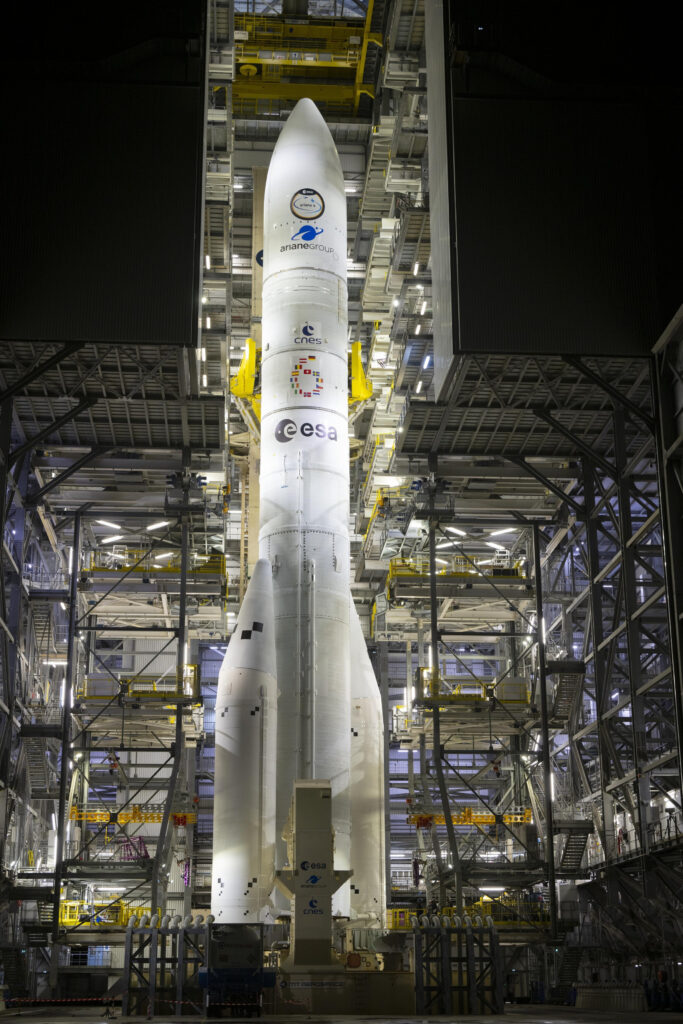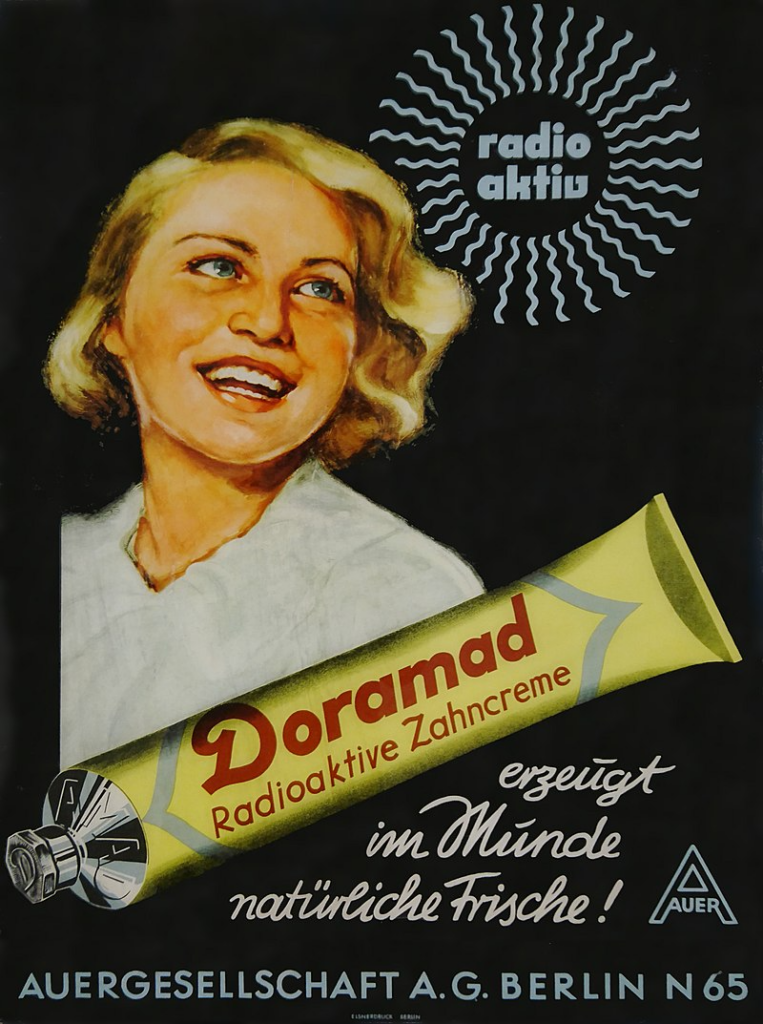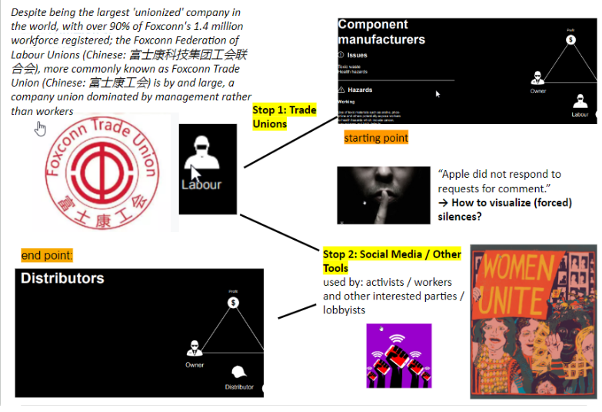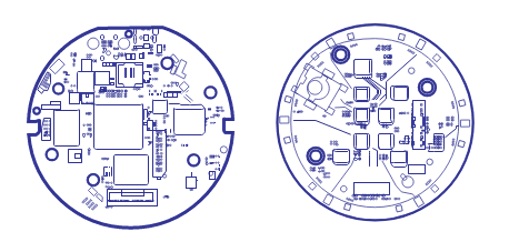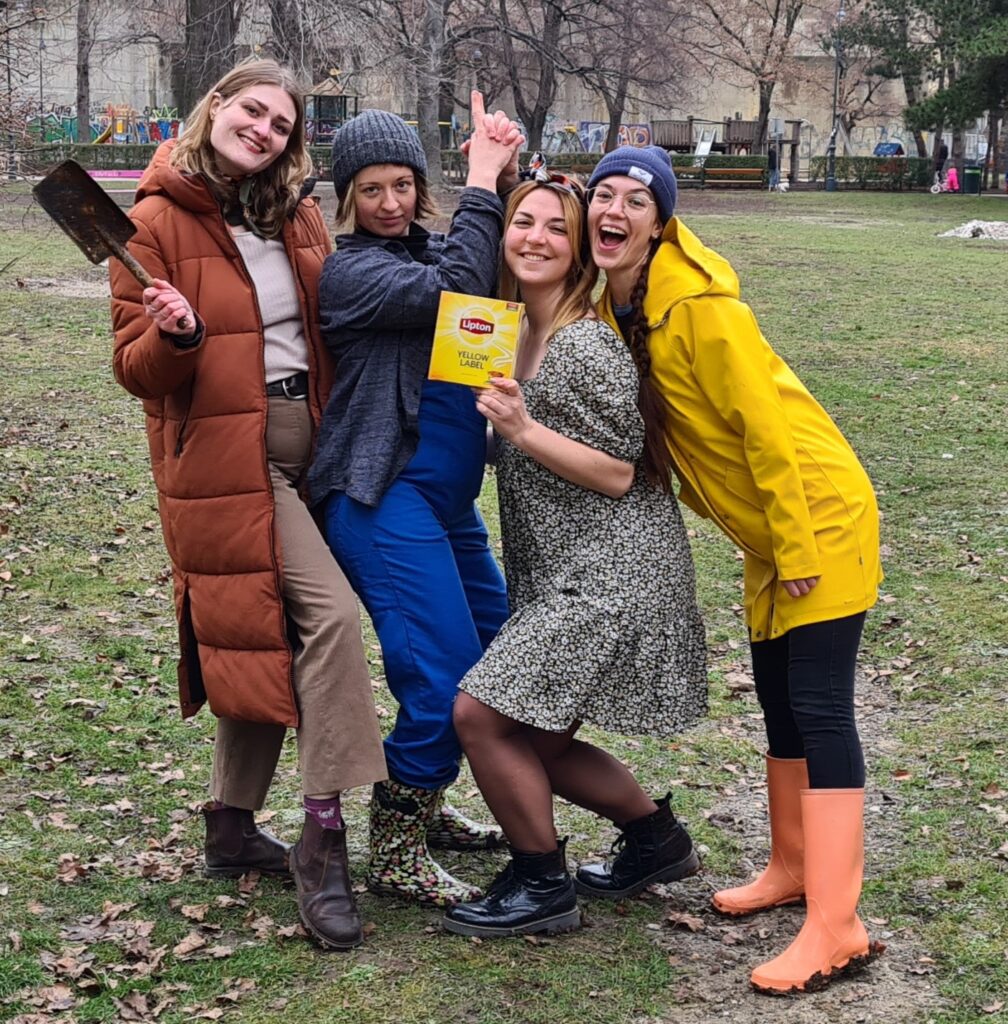by Carsten Horn
On the morning of 10 March of 2021, players of the online chess application Lichess, visitors to the website of the Centre Georges-Pompidou in Paris, the organizers of the Paris fashion week, a group of cybercriminals and a number of businesses were in for an unpleasant surprise. Data that they had thought to be safely stored in “the cloud” was gone! The reason: Around midnight, one of the four data centers operated by the market-leading French telecommunication and internet provider OVHcloud in Strasbourg, close to the German border on the river Rhine, had gone up in flames and another one had been severely damaged. The fire destroyed the servers which constitute the main infrastructure for part of the internet in the French internet domain and host the data of the data centers’ clients. More than two years later, despite the – typical – secrecy of the data center industry, information about the fire and the efforts to extinguish it were published. The fire had started in a power supply room and quickly spread throughout the five-storey building, leading to the devastating outcome.
In most cases, the fire probably had no long-lasting repercussions. The data stored in data centers is typically mirrored in multiple locations, leading to what Alexander R.E. Taylor (2018) calls an “infrastructural excess”. In my fieldwork, I learned for example that the streaming provider Netflix has its entire library mirrored in almost all co-location data centers worldwide. Yet, I cannot help but take the fire as an opportunity to think about what this event can teach us about our contemporary digital societies. “Event” takes on a quite specific, and deeply philosophical meaning here. The event, as Mike Michael and Maja Horst (2011, p. 286) understand it, “is characterised by the fact that the interactions of it its constitutive elements change those elements”. In other words, in an event all actors that are part of it are transformed, they become otherwise.
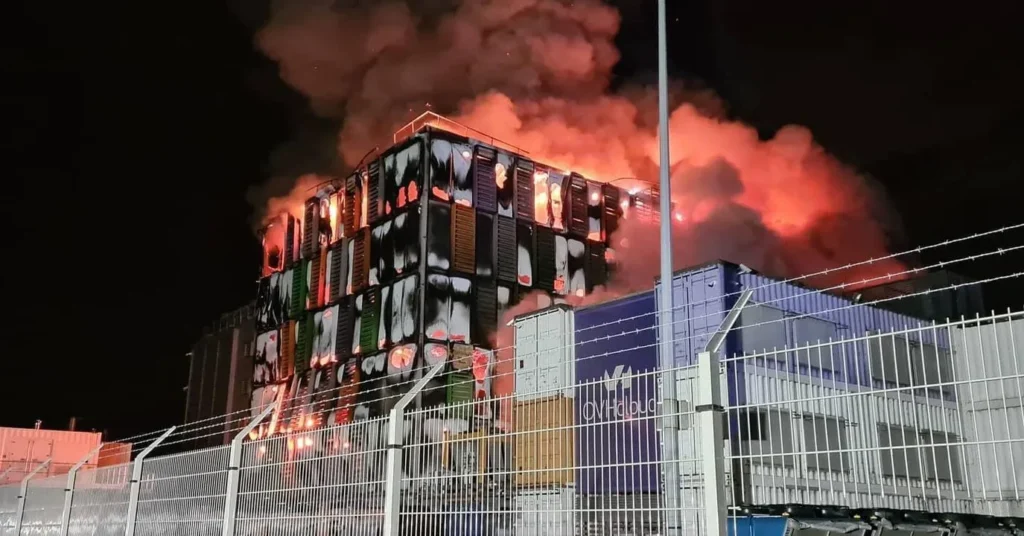
From a Burning Data Centers to Fire Objects
What are these transformations and how can we make sense of them? There is by now an emerging field of scholars in STS that engages with flammable objects, such as batteries. In a world that is getting increasingly hotter and is increasingly using highly-flammable objects, these scholars argue, we must come to terms with such fires. This would be a fitting approach; the Strasbourg fire shows that data centres are yet another highly-flammable object. That is why so much effort is spent on constructing fire extinguishing systems that put out fires but do not damage the servers and, consequently, the data stored on them (typically such systems thus use gas instead of water). But this is not what I’m after. At the cost of being too ironic and making use of what one could call a form of conceptual serendipity, I suggest we can think about the actual fire in Strasbourg in the spring of 2021 through the metaphor of the “fire object” coined by John Law and Vicky Singleton (2005) in a study on alcoholic liver disease (ALD). In this study, Law and Singleton find that none of the previous notions of what an object is can help them to think about the dynamics of their object of research. It is not as stable, or rather, as stabilized as the quasi-objects of Actor-Network Theory (ANT). But neither is it as neatly and continuously changing as the “fluid object” in the famous case of the Zimbabwe Bush Pump.
By contrast, ALD is a relational object in multiple versions that are juxtaposed and interrelated at the same time. That is, each version is part of a present reality that co-exists with the absent realities of other versions of alcoholic liver disease. The authors call this a “fire object” because they liken it to the flames of a fire. These flames that we may observe in the present are likewise related to the absent presences of fuel and ashes. Unlike the fluid object where we can observe a somewhat continuous flow of the same reality of the object, even where it transforms, the transitions between the different realities of the fire object are discontinuous. They “jump” (Law & Singleton, 2005), p. 347) and, with the flip of a switch, a present reality is transformed into an absent present reality and makes way for another present reality.
Lessons from the Fire at the Strasbourg Data Center
What I suggest is that the event, that transpired in the night from 9 to 10 March on the banks of the River Rhine in Strasbourg, helps us to understand that “the cloud” is a fire object in a way akin to how Law and Singleton theorize ALD. The actual fire at the data center marks precisely the moment when the metaphorical fire object and its reality abruptly and brutally shift. This is, I suggest, more than a typical case of infrastructural breakdown. For STSers, infrastructural breakdown occupies a privileged epistemological position because it is here that we see the work that infrastructure(s) invisibly do. This is why infrastructure scholars speak of breakdown as a form of “infrastructural inversion” (Star & Ruhleder, 1996). The fire at OVHcloud is more than just infrastructural breakdown because the very reality of the cloud, the fire object, changed with the fire. For users, the cloud overnight transformed from an ethereal domain into a very real building at the outskirts of the capital of Alsace in France.
I want to dwell on three aspects of the new reality that emerged in the event of the fire because I believe it can tell us something about contemporary digital societies and the possibilities for them to be otherwise.
1. We are not really used to thinking about our data. It is just there – after all, this is the etymological root of the term itself (from Latin datum, given). This is what the cloud is for, right?! We use it to safely store our data, never to worry about it again because it is just there (Brennan, 2016). Digital technologies and infrastructures have made it possible to store everything at a click and without thinking twice. This has changed how we archive things. Our ‘archives’ have become “dumpsters” (Hogan, 2015) just because they have become technically so easy to produce at little to no (financial) cost.
The fire at OHVcloud changes this. It suddenly creates a chance for a more conscious relation with our data. Data is not just given and will always be there when we need it. If you were playing chess on Lichess in March of 2021, there is a real possibility that your progress was lost – quite literally – in the flames. Can the fire thus perhaps be the start of a new form of data and data infrastructure literacy where we consider more consciously what we store and where we store it?
2. Relatedly, the reality of “the cloud” itself changes. Consider, this insight from an article titled “Europe’s data treasure burns on the Rhine” from the German news outlet Frankfurter Allgemeine Zeitung (FAZ): “[O]f course, the cloud is just a metaphor”. As scholars of science and technology know all too well, language is performative, metaphors do work. In this case, they render invisible what it actually means to store data “in the cloud”. It surely does not mean that we transfer our “data treasure” to some kind of ephemeral and immaterial realm. This is why the argument that when we speak of “the cloud” we actually mean a global, very material network of digital infrastructures is well-rehearsed in the literature on data centers. Jennifer Holt and Patrick Vonderau (2015, p. 75), for instance, want to study data centers as the places “where ‘the cloud’ touches the ground” and as “the physical presence of this imaginary space”. The fire at OHVcloud might have achieved this. It has, at least for a short moment in time, generated a reality in which the material ingredients of ‘the cloud’ are visible. Beyond the methodological commonplace that infrastructure (only) becomes visible upon breakdown, this may be the point of departure for political debates around data centers. To quote again from the above-mentioned article in the FAZ: “The accident shows that there urgently needs to be a public discussion about where, by whom, under what conditions and how securely our data is stored”. I would add that this public discussion must not neglect the massive environmental costs data centers have due to their energy and water consumption, the raw materials necessary to construct the servers they house and the ruins and e-waste they leave behind.
3. There is a final lesson we can draw from the data center fire (object). It points us to the new fragilities of the digital age. In an article published by Vice News on the day of the fire, Lorenzo Fraceschi-Bicchierai remarks that the fire “shows how things we often think of as ‘cyber’ have a very real physical infrastructure that can be attacked, impacted by disasters, or otherwise messed with”. This insight follows from what I have written above. If “the cloud” is not ethereal but very material and on the ground, it is at risk of whatever kind of catastrophe we can imagine, for example, a fire. It is not for nothing that, as I have learned in my fieldwork, that data centres in Vienna are not built in the approach path of the airport, as the however-improbable risk that a plane crash may destroy our valuable data is too large. What does this fragility entail? Irish poet Jessica Traynor writes that data centers have become our “memory machines”. Our collective memory is now stored digitally and, hence, at risk of our new digital fragilities. Traynor puts it succinctly: “Rather than creating something permanent and inviolable, we’ve made our memories more contingent than ever upon a fantasy of technological stability that, given the constant churn of history, seems inevitably fleeting.” Lo and behold, this also concerns the data that keeps our administrations going, that pertains us as citizens. OVHcloud also housed French government data. Some businesses lost parts of their data forever – as illustrated by lawsuits against OVHVcloud. So, given the ever-growing dependency on digital technologies and growing geopolitical tensions, what risks are we willing to take, what fragilities are we willing to bear, when it comes to our cultural memories?
The story I tell about the fire at OHVcloud could easily be one repair and maintenance (Denis, Mongili & Pontille, 2016). After firefighters had extinguished the flames, the damages could be assessed, servers could be replaced, and operations could continue – almost seamlessly. In this story, the fire would have been but a noise in the system. The event would have been tamed before it would have become durable. We would have easily gone back to the old reality, perhaps before even noticing a reality shift. Indeed, the architecture of digital infrastructures and labor inside data centers aim to prevent downtime at all costs. Failure and breakdown thus lose their epistemological significance because they are so easily glossed over (Taylor, 2021).
The notion of the “fire object” makes us aware that the reality that would thus have been restored has lost its innocence. It is haunted by the spectre of the absent presence of the alter-reality the fire brought about. “Fire object” entices us to look for the absent presence of this alter-reality, of which the (metaphorical) ashes of the fire in Strasbourg serve as a reminder; of a glimpse we caught in the days following 10 March, 2021. It also points us to the difficulties of bringing the multiple realities we live in together. For instance, there has been a long investigation of the causes of the fire and, as I mentioned above, several lawsuits as clients have sued the company for the data loss (in the absence of backup-storage policies). Ultimately, the notion of the “fire object” calls upon us to keep the event open. A cloud can catch fire. If and when it does, it presents an opportunity to become more aware of the (environmental) fragilities of digital societies and to make digital infrastructures more democratic and sustainable.
Carsten Horn is a doctoral candidate in the ERC-funded research project “Innovation Residues. Modes and Infrastructures of Caring for our Longue-durée Environmental Futures” at the STS Department. He investigates the residues of digital practices, digitalization and datafication at the interface of digital and environmental concerns. In his dissertation project “Datafication and its Discontents”, Carsten studies the emerging controversies around data centers in Austria, France and Ireland.
References
Brennan, S. (2016). Making Data Sustainable: Backup Culture and Risk Perception. In N. Starosielski & J. Walker (Eds.), Sustainable Media (pp. 56–76). Routledge.
Denis, J., Mongili, A., & Pontille, D. (2016). Maintenance & Repair in Science and Technology Studies. TECNOSCIENZA: Italian Journal of Science & Technology Studies, 6(2), Article 2.
Hogan, M. (2015). The Archive as Dumpster. Pivot: A Journal of Interdisciplinary Studies and Thought, 4(1), Article 1. https://doi.org/10.25071/2369-7326.39565
Holt, J., & Vonderau, P. (2015). “Where the Internet Lives”. Data Centers as Cloud Infrastructures. In L. Parks & N. Starosielski (Eds.), Signal Traffic. Critical Studies of Media Infrastructures (pp. 71–93). University of Illinois Press.
Horst, M., & Michael, M. (2011). On the Shoulders of Idiots: Re-thinking Science Communication as ‘Event.’ Science as Culture, 20(3), 283–306. https://doi.org/10.1080/09505431.2010.524199
Law, J., & Singleton, V. (2005). Object Lessons. Organization, 12(3), 331–355. https://doi.org/10.1177/1350508405051270
Star, S. L., & Ruhleder, K. (1996). Steps Toward an Ecology of Infrastructure: Design and Access for Large Information Spaces. Information Systems Research, 7(1), 111–134.
Taylor, A. R. E. (2018, May 19). Failover Architectures: The Infrastructural Excess of the Data Centre Industry. Failed Architecture. https://failedarchitecture.com/failover-architectures-the-infrastructural-excess-of-the-data-centre-industry/
Taylor, A. R. E. (2021). Standing by for data loss: Failure, preparedness and the cloud. Ephemera: Theory & Politcs in Organization, 21(1), 59–93.


